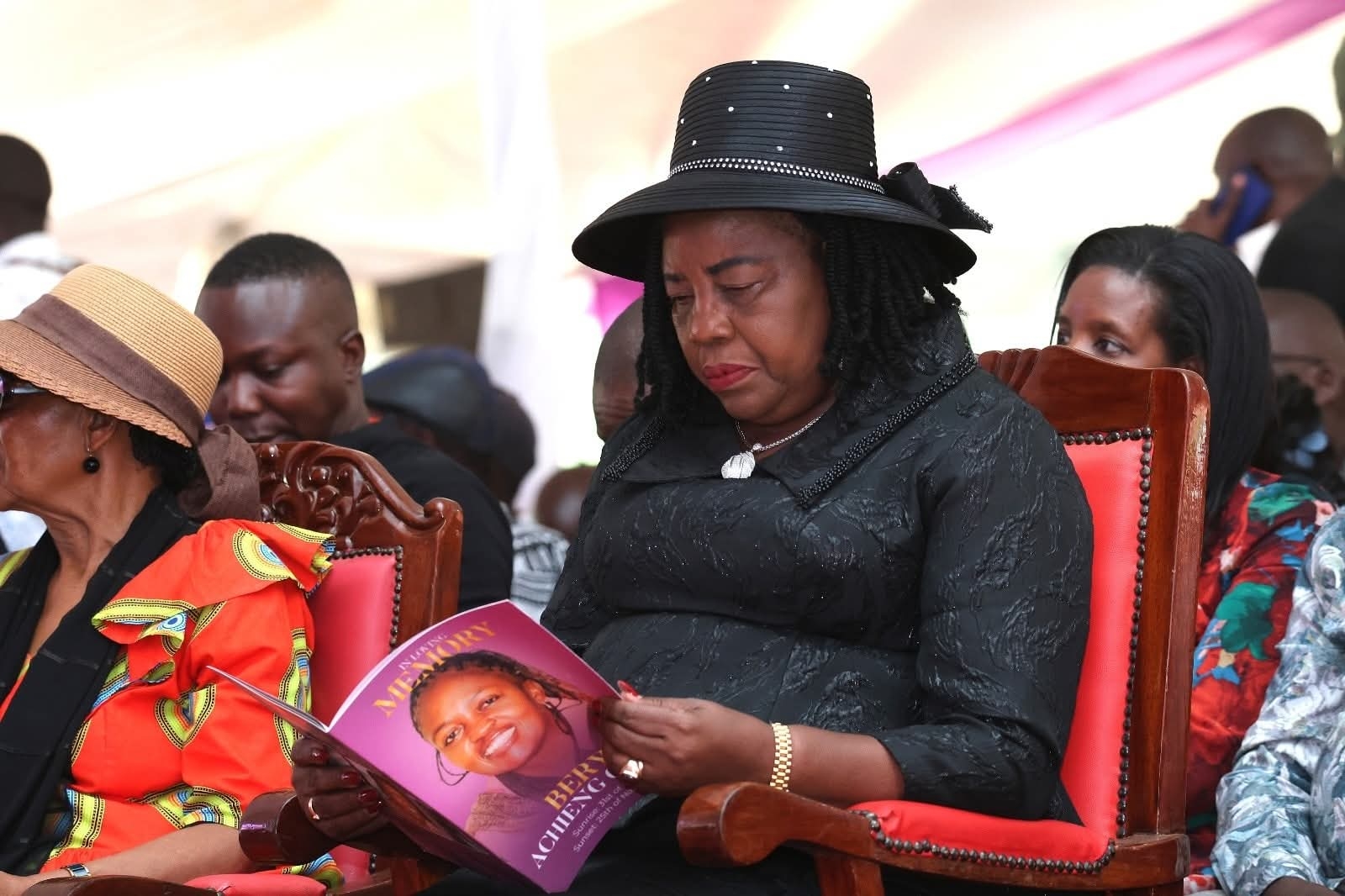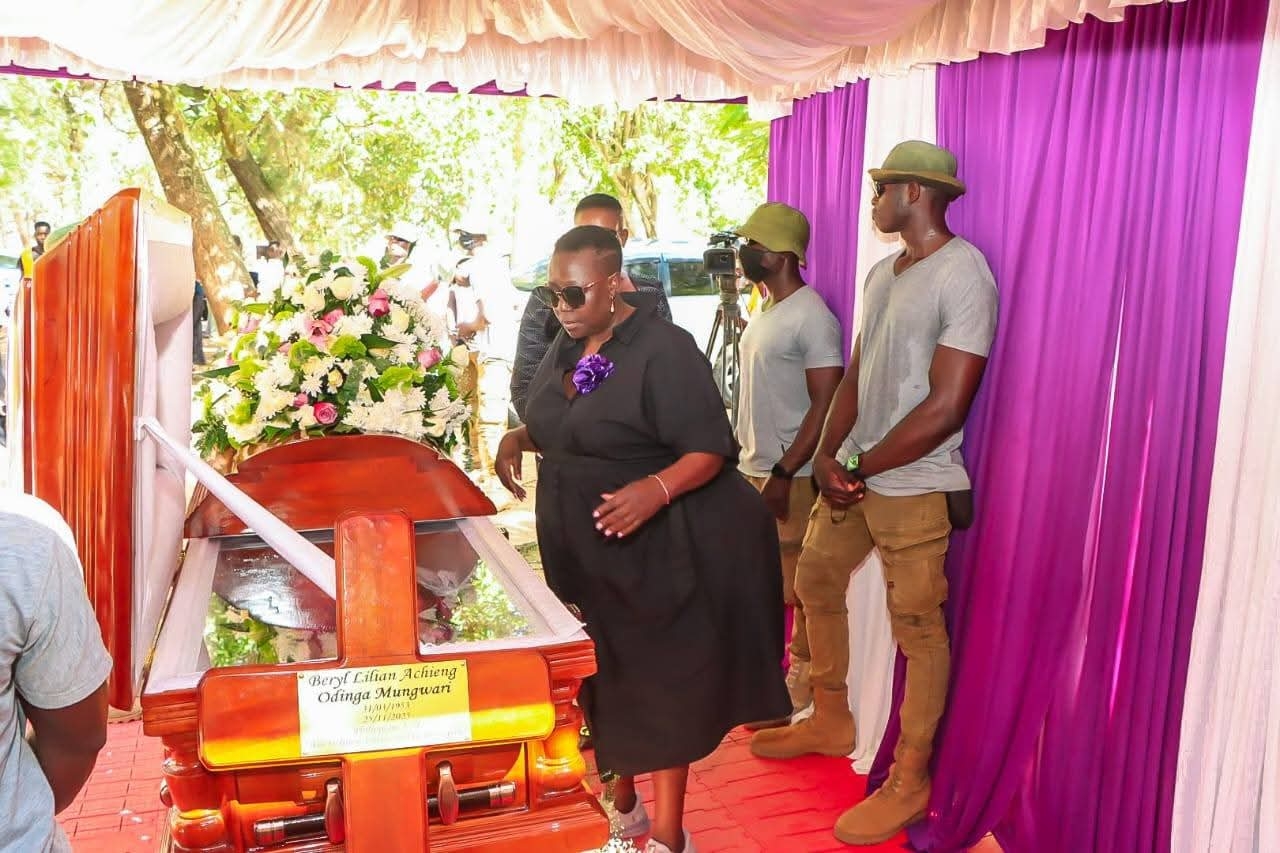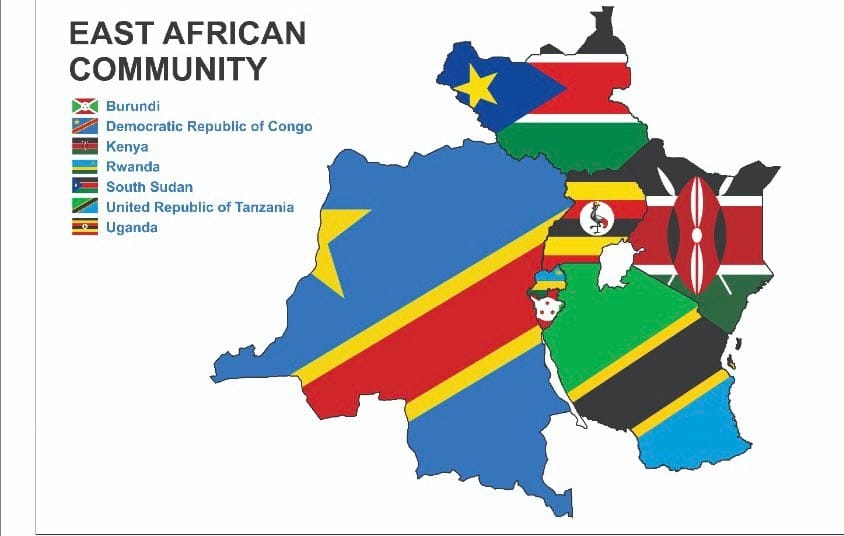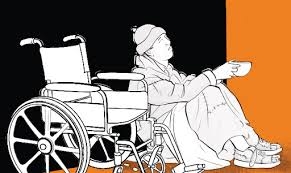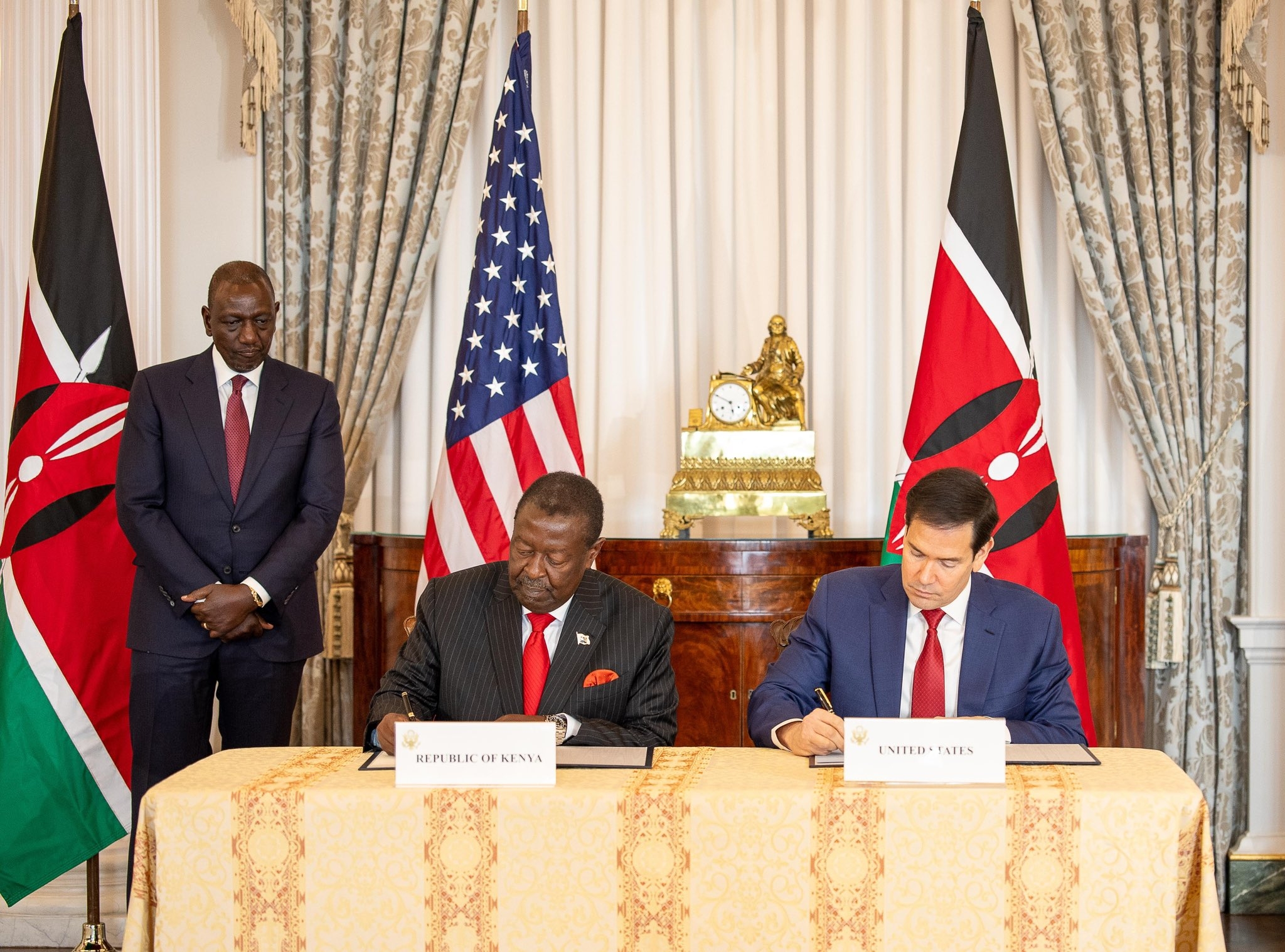Women's ability to negotiate sexual relations is lowest in Mandera, West Pokot and Marsabit counties respectively, according to a report by the Kenya National Bureau of Statistics(KNBS).
The report addressed women's ability to negotiate sex as the ability to either say no to their husbands if they do not want to have sexual intercourse or ask their husbands to use a condom.
"Mandera recorded 9.6 per cent of women who can say no to their husbands if they don't want to have sex and 3.8 per cent who can ask their husbands to use a condom," the report showed.
"West Pokot had 22.0 per cent(say no) and 15.8 per cent(use condom) while Marsabit had 22.5 per cent and 20.8 per cent."
The report also showed the counties where women have the highest ability to negotiate sexual relations.
Nairobi city had the highest percentage (45.7 per cent), followed by Meru (45.1 per cent) and Elgeyo/Marakwet (44.5 per cent).
The report also showed factors that contributed to the ability and inability of women to negotiate sexual relations, some of them being age, residence (rural or urban), level of education and wealth quintile.
The 2022 Kenya Demographic and Health Survey (2022 KDHS) was implemented by the Kenya National Bureau of Statistics (KNBS) collaborating with the Ministry of Health (MoH) and other stakeholders.
Data was collected from February 17 to July 31, 2022.
The sample for the 2022 KDHS report was drawn from the Kenya Household Master Sample Frame (K-HMSF).
The sample size was computed at 42,300 households, with 25 households selected per cluster, which resulted in 1,692 clusters spread across the country, 1,026 clusters in rural areas, and 666 in urban areas.
Married women aged 15–49 were interviewed.
The survey was done through a questionnaire where they used the household questionnaire, the woman’s questionnaire, the man’s questionnaire, and the biomarker questionnaire.



